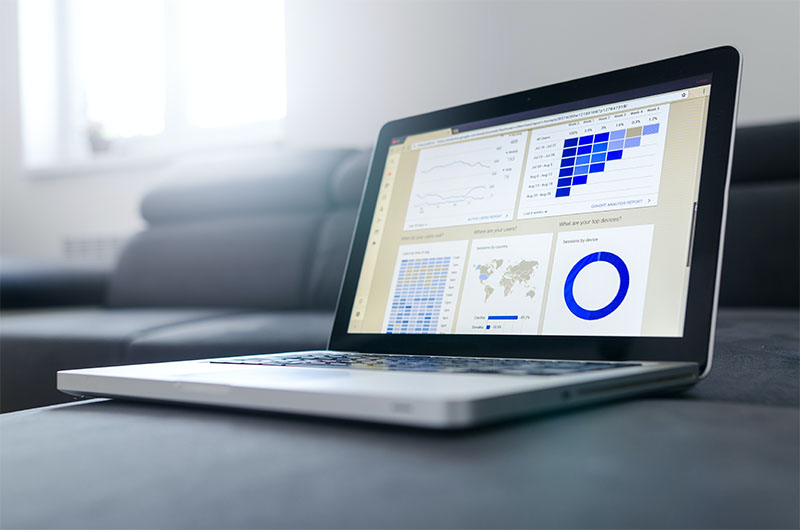Understanding Conversion Rates: What You Need to Know


The efficacy of advertising activities has always been pivotal to accomplishing business objectives. This is especially significant in today’s marketing landscape, which is more competitive than ever.
One of the most indispensable tools aiding in the assessment of these endeavors is the conversion rate. In this article, you’ll delve into the intricacies of this key metric, comprehend its significance for businesses, and also learn how to leverage this metric for the formulation of powerful marketing strategies.
The conversion rate is a measure that defines the percentage of people who have completed a conversion on a website or in another form of interaction with the brand.
Sounds a bit “gibberish”? Then let’s start by explaining what conversion is all about.
In essence, when a user completes an activity that meets a predetermined objective and is advantageous to the company, it is referred to as a conversion. If we aim to gather newsletter subscribers, we will consider a conversion when users leave their email addresses to sign up for it. In the case of e-commerce, a conversion could be adding a product to the cart or making a purchase. It can also be downloading materials from the website, if that action is desirable from the business’ point of view.
Now that we have cleared what a conversion is, let’s return to the conversion rate. Simply put: it’s the ratio of people who converted to those who had the opportunity to do so. This, for example, could apply to website visitors.
The conversion rate measures the effectiveness of marketing campaigns and the efficiency of a website or mobile application. It also helps evaluate whether a strategy is yielding the expected results.
Calculating the conversion rate is relatively straightforward. Divide the number of successful actions, such as purchases, by the total number of visitors. Then, multiply the result by 100%. This will give you the conversion rate.
Here’s a simple formula:
Conversion rate = (Number of conversions / Number of visitors) * 100%
Tracking the conversion rate is crucial for businesses. It helps them evaluate the success of their marketing strategies and make informed decisions based on data. For example, let’s use an online store that received visits from 1,000 potential customers in one month. Suppose out of those 1,000 visitors, 50 made a purchase. Therefore, the conversion rate would be 5%.
Tracking the conversion rate is vital for businesses. It enables them to evaluate the success of their marketing initiatives. It also helps them to make informed decisions based on data. Here are a few reasons why it’s so essential:

As is often the case in marketing, the answer to this question is: “It depends.” We can say that the optimal conversion rate for various industries ranges from 2% to 5%, as data from the “Digital Experience Benchmark 2022” report indicates that the average conversion rate in 2021 across all industries was 2.9% and 2.96% in e-commerce.
However, these results should always be analyzed individually and in specific cases. A conversion rate of 0.5% can be considered low for a lead generation campaign reaching a broad target audience. Still, it would be fully satisfactory for a business selling luxury goods.
The conversion rate is an extremely important tool for marketers and business owners. It allows them to assess the effectiveness of marketing activities, optimize strategies, and make data-driven decisions. Conversion rate tracking enables businesses to increase ROI, optimize operations, and better tailor strategies to the target audience’s needs.
It’s worth remembering that effective marketing cannot be built without analyzing relevant and reliable data. Measuring the conversion rate is a perfect tool for that.
We’ll respond to you in 1 working day.
Warsaw

Bogotá

Copyright © 2024 Performante.